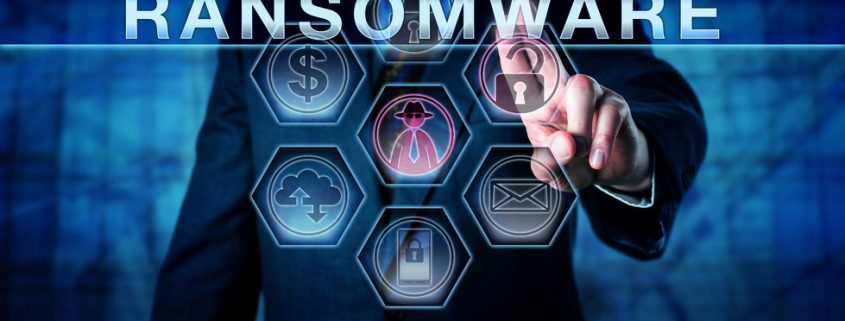Ransomware: What should I do now?
If your computer becomes infected with ransomware, this can be particularly vicious. If you haven’t got the correct strategies in place, can have devastating consequences. One of the most common questions we get asked about ransomware is, “What do I do now?”
Hind sight is a wonderful thing! You could have ignored that download prompt; should have deleted that email; if only you’d remembered to back up last week… Whilst it’s human nature to ask these questions, it doesn’t help when a hacker is demanding hundreds or even thousands of pounds to release your sensitive or critical files.
Can you get your files back without paying?
Assuming you haven’t created offline and/or off site backups of your data and the only copy of your data is currently encrypted on your hard disk. Whilst unhelpful, as with many scenarios there are a lot of variables:
If the hacker has made a small programming error, it’s possible to use or generate a shortcut to recover your data, with just the charge of an IT professional.
The first ever ransomware attack was back in 1989/1990 when the hacker behind the scam wanted you to send money to an accommodation address in Panama. The hacker took the cryptographic shortcut of using the same encryption key on every computer which meant that free tools to unscramble the malware were soon available.
Data saved to the cloud or a USB device is possible to recover.
Depending on how vicious the ransomware attack is, you may be able to recover previous auto saved files. This option isn’t as common today. Malware that is used in these attacks have been updated to encrypt auto save files.
Whilst these scenarios don’t happen very often, if you find yourself in a compromised position with a ransomware attack, all hope may not be lost – we can certainly try a few tricks of the trade before drawing a terminal conclusion.
What to do?
If you feel the data is not worth much to you, you can simply ‘write it off’ and start again.
If you think you have been infected by ransomware; shut down all of your PCs immediately and contact Bean IT as soon as possible. The sooner we can assess the situation, the quicker we can discover if there is a resolution that involves minimal data loss.
You may choose to pay the ransom and recover your data in full. We recommend that this option be avoided if at all possible. There is no guarantee that the hacker will release your data. It’s difficult to know what condition your data will be returned to you; and if the hackers have placed malware within your files to take your data hostage again.
9 simple ways to protecting yourself from cyber hackers and ransomware
- Back up your files regularly and keep a recent backup off-line and preferably off-site.
- Don’t enable macros.
- Consider installing Microsoft Office viewers.
- Be very careful about opening unsolicited attachments.
- Don’t give yourself more system permissions than necessary.
- Install and maintain all software updates
- Train and continue to retrain employees in your business about the dangers of malware.
- Implement Firewalls
- Install Antivirus Software
If you’d like to discuss how you can best ensure the security of your IT systems, contact us on 0121 667 8977 or email info@beanit.co.uk





Leave a Reply
Want to join the discussion?Feel free to contribute!